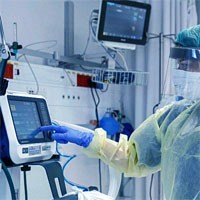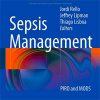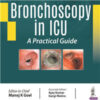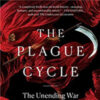Beyond Ventilator-induced Diaphragm Dysfunction
anesthesiology.pubs.asahq.org
Respiratory muscles are essential to ensure the vital function of breathing. The diaphragm is a unique respiratory muscle, because it contracts throughout the individual’s life span without resting, not even during sleep.
Any diaphragm rest—even brief—is therefore potentially harmful. Mechanical ventilation is a life-supporting therapy that intrinsically induces diaphragm rest. Consequently, mechanical ventilation induces time-dependant diaphragm weakness in animals and critically ill patients, and is referred to as ventilator-induced diaphragm dysfunction. However, many other factors, such as disease severity on admission and sepsis may cause diaphragm weakness in the ICU, which is why the term critical illness–associated diaphragm weakness may be preferable.
As the load/capacity balance of the respiratory system is a major determinant of weaning success, diaphragm weakness may cause weaning failure and subsequently prolong the time spent on mechanical ventilation, which in turn worsens the prognosis.
Critical illness is also associated with the development of peripheral muscle weakness, a factor associated with poor outcome.















